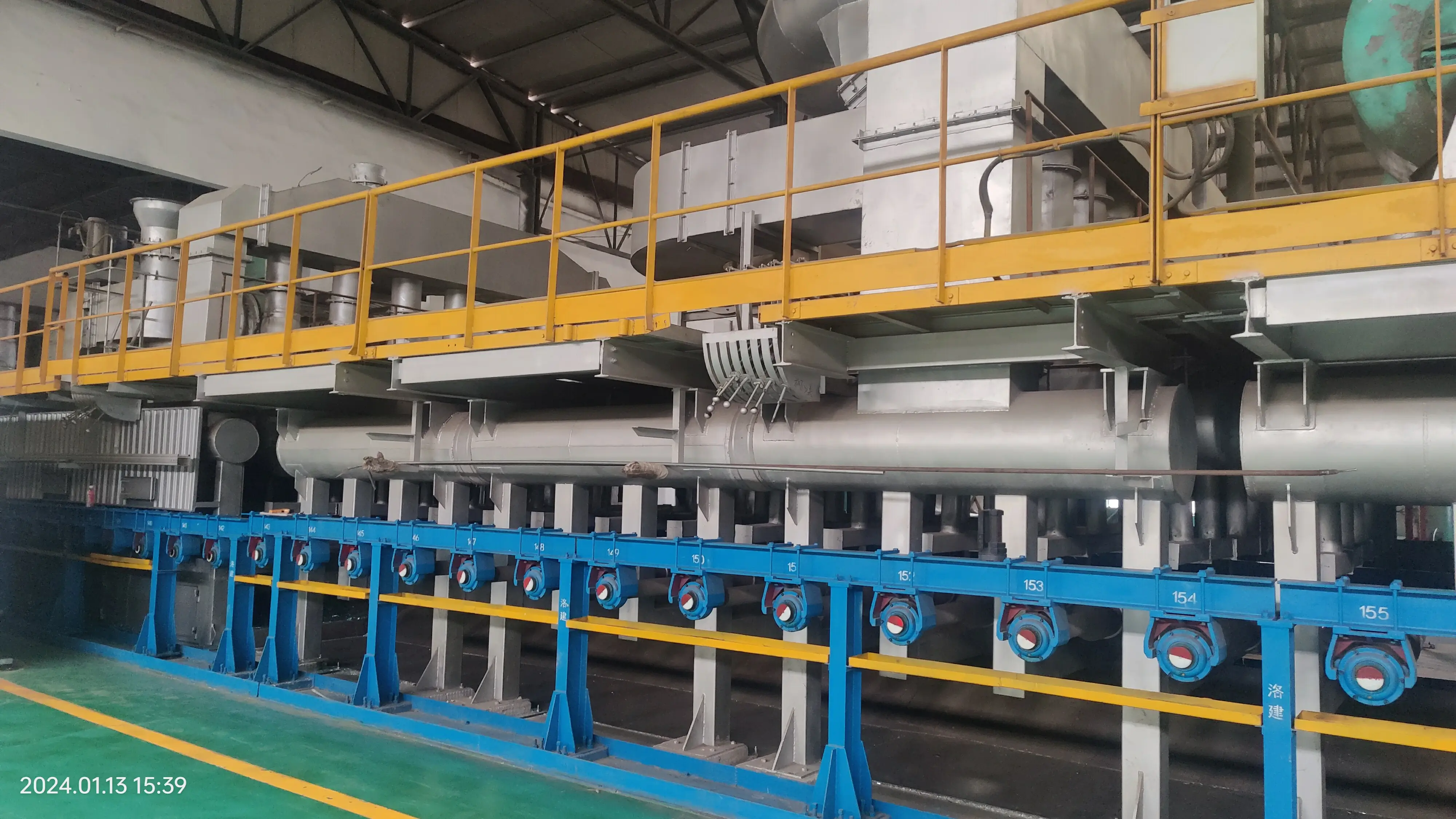

The Importance and Applications of Low-E 340 Glass
Low-E (low emissivity) glass has become a pivotal component in modern architectural design and energy-efficient construction. Among its various types, Low-E 340 glass stands out due to its unique properties that allow for optimal thermal performance while maintaining natural light. In this article, we will explore the characteristics, benefits, and applications of Low-E 340 glass.
Understanding Low-E Glass
Low-E glass is treated with a special coating that reflects infrared energy while allowing visible light to pass through. This coating minimizes the amount of heat that enters or escapes from a building, thereby enhancing energy efficiency. The number 340 in Low-E 340 glass refers to the specific wavelength of light that the glass is optimized to transmit, making it particularly effective in climates where sunlight can be intense.
Key Characteristics
What differentiates Low-E 340 glass from other types of glazing is its ability to balance solar heat gain with visible light transmission. While some Low-E glass may prioritize insulation to reduce heat loss in colder climates, Low-E 340 glass offers an excellent compromise by ensuring that interior spaces receive ample natural light without excessive heat buildup. The glass has a high visible light transmittance (VLT) and a low solar heat gain coefficient (SHGC), making it suitable for both residential and commercial applications.
Benefits of Low-E 340 Glass
1. Energy Efficiency By reducing the need for artificial lighting and minimizing heating and cooling costs, Low-E 340 glass contributes to lower energy bills and a smaller carbon footprint. Buildings equipped with this type of glazing can significantly cut energy consumption.
2. Comfort The temperature regulation provided by Low-E 340 glass leads to a more comfortable living or working environment. This is especially beneficial in climates with extreme temperature variations.

3. UV Protection Low-E 340 glass additionally reduces the transmission of harmful ultraviolet (UV) rays. This protection helps to preserve interiors by preventing the fading of furniture, fabrics, and artwork.
4. Aesthetic Appeal The clarity and transparency of Low-E 340 glass allow for unobstructed views and abundant natural light, enhancing the aesthetic value of any structure. Architects and designers appreciate the versatility of Low-E glass in creating visually appealing spaces.
Applications
The versatility of Low-E 340 glass makes it suitable for a wide range of applications
- Residential Homes Many homeowners are opting for Low-E 340 glass for windows and doors that allow natural light while controlling heat. This makes homes more energy-efficient and comfortable.
- Commercial Buildings Offices, retail spaces, and other commercial facilities benefit from the energy savings and UV protection that Low-E 340 glass offers, creating a healthier work environment.
- Skylights and Curtain Walls In commercial architecture, Low-E 340 glass is often utilized in skylights and curtain walls to maximize daylight while maintaining thermal performance.
Conclusion
Low-E 340 glass represents a significant advancement in energy-efficient building materials. Its unique ability to balance light transmittance with thermal insulation makes it an ideal choice for a variety of applications. As the world becomes increasingly focused on sustainability, the adoption of Low-E glass technologies like Low-E 340 will play an essential role in creating greener, more efficient buildings. With benefits that range from energy savings to enhanced comfort and aesthetics, it is no wonder that Low-E 340 glass is becoming a standard in modern construction practices.